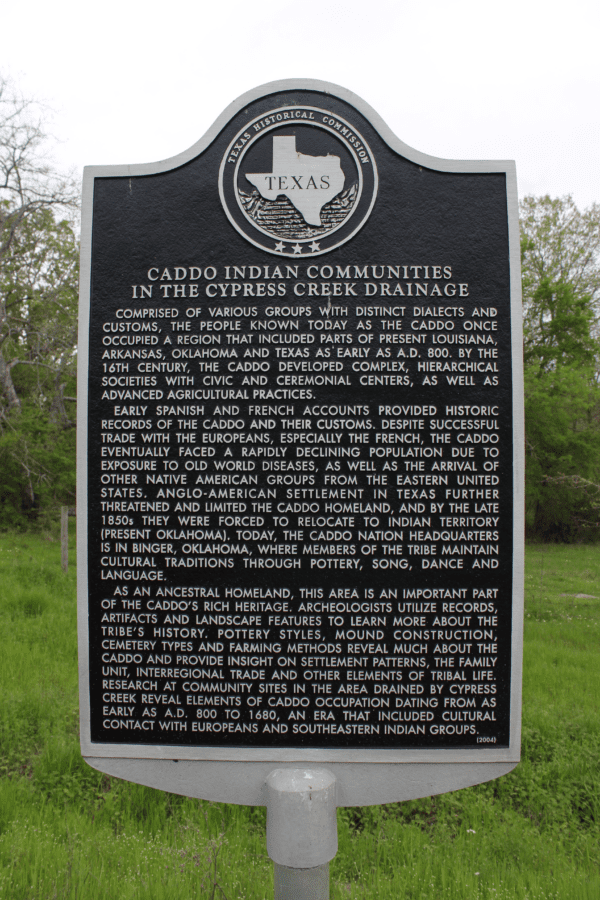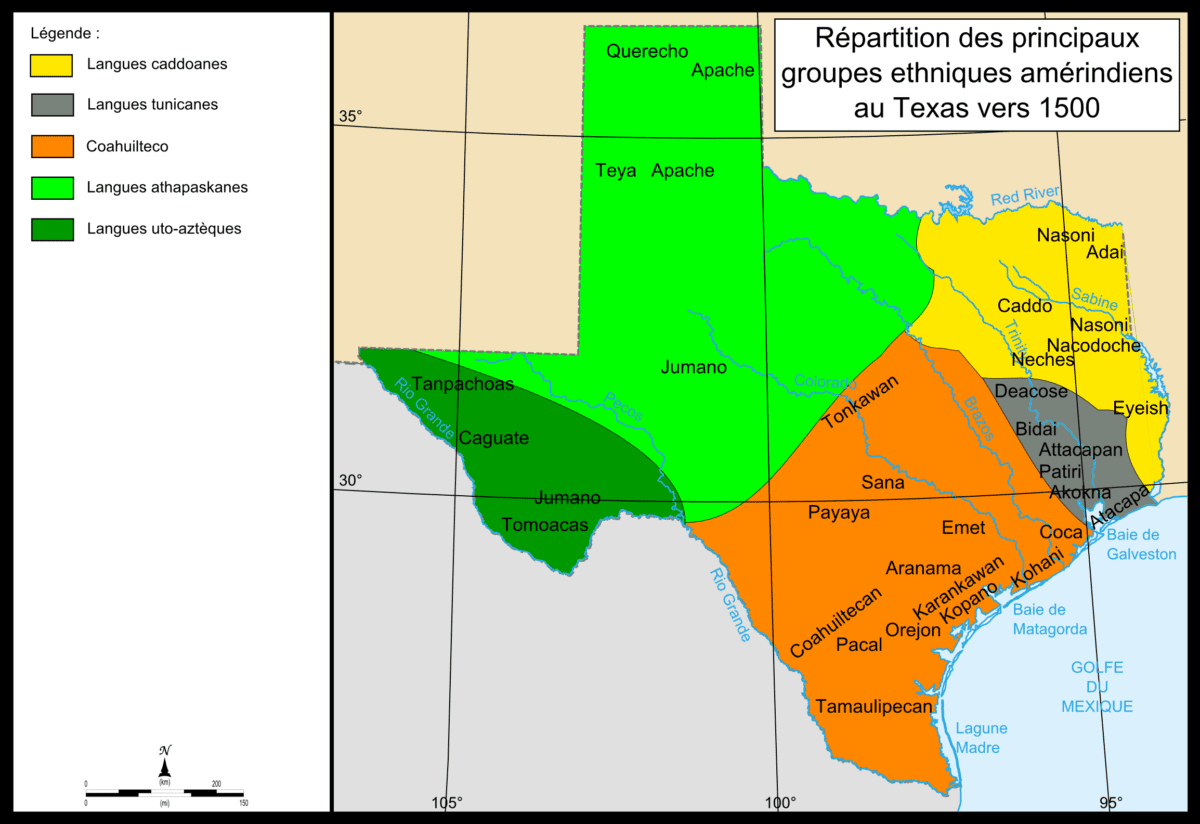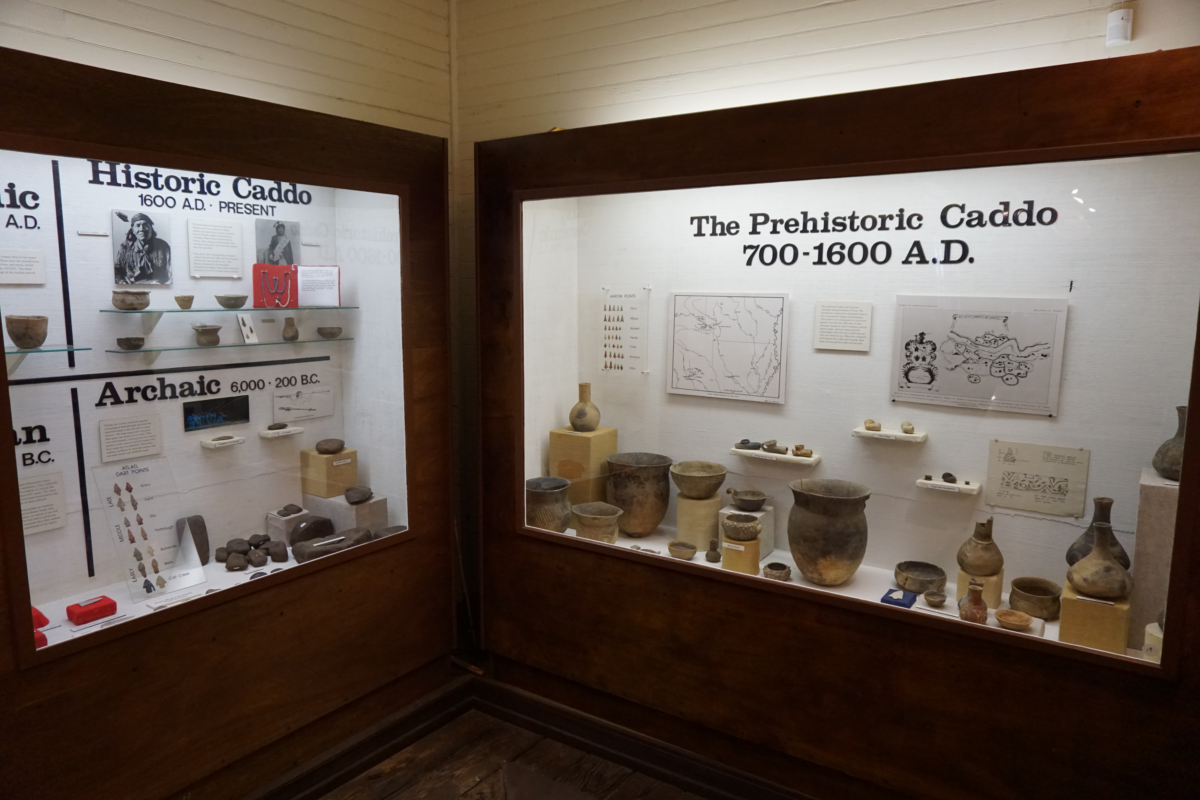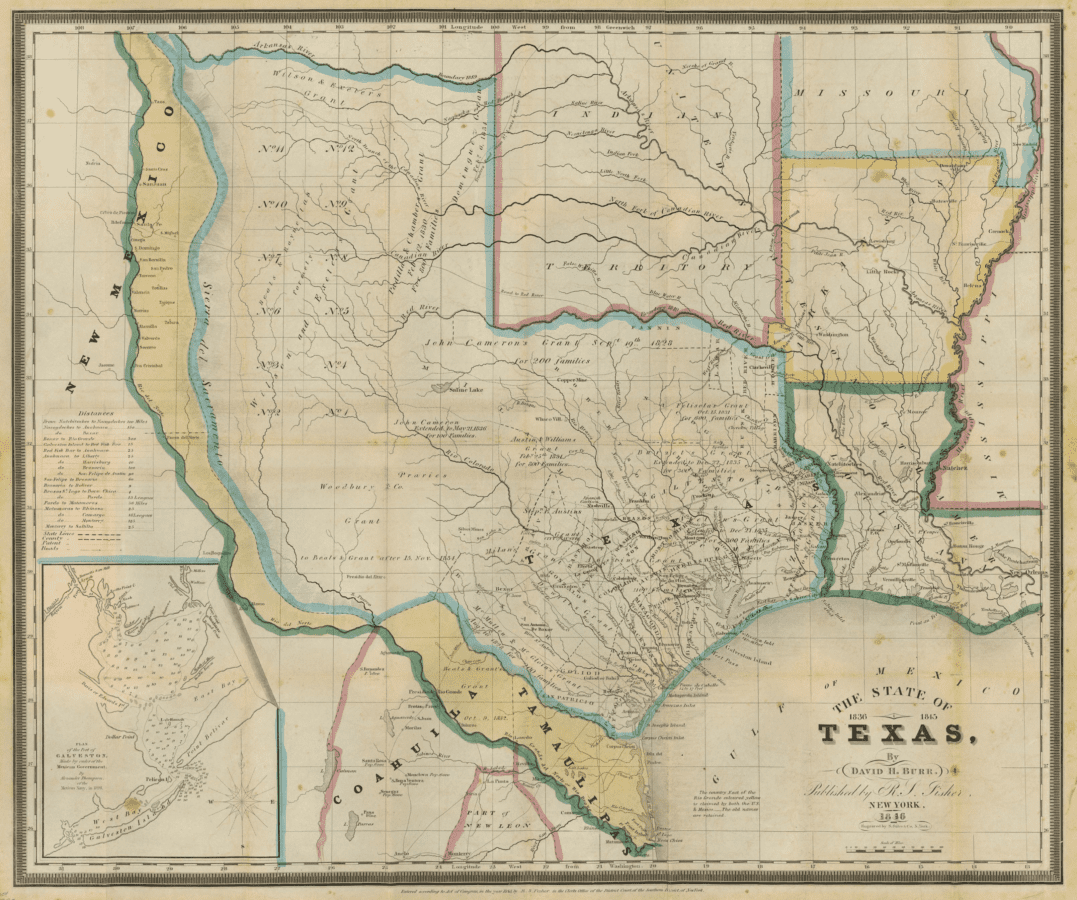Share the post "Legacy of Texas’ Indigenous Tribes: Exploring a Rich Historical Tapestry"
Texas’ varied Native American tribes have braided a rich culture and history across its wide terrain. We go across time to discover these indigenous cultures’ rich legacy. The Caddo, Comanche, and Apache tribes shaped Texas’ heritage with their unique cultures, dialects, and traditions. From the dawn of human settlement to modern Texas, our voyage explores their lasting impact.
Texan culture is shaped by each tribe’s distinctive contributions. The Caddoans were skilled in pottery and agriculture, while the Comanche ruled the plains with their horses. Tribes that shared their land knowledge to flourish in different circumstances.
Stories, relics, and places tell Texas’ indigenous peoples’ story. Rereading these historical chapters helps us understand the lives of the earliest settlers. We honor the diverse cultures and legacies that enhance Texas’ communities as we walk this historical landscape.

Pre-Columbian Civilizations
Let’s explore the rich tapestry of early societies that thrived in the region we now call Texas, long before European contact. Let us delve into the lives of the remarkable individuals who laid the foundations of civilization.
Pre-Contact Era:
- 10,000 BCE – Arrival of Paleo-Indians in present-day Texas.
- 1500 BCE – Development of distinct cultural groups, including the Caddo, Apache, Comanche, and Kiowa tribes.
- 1000 CE – Rise of complex societies, such as the Caddoan Mississippian culture in East Texas.
Regional Tribes and Cultures
The tribes were not a monolithic group; rather, the Texas Gulf Coast was a vibrant patchwork quilt of cultures. Among them, the Atakapa, Karankawa, Mariame, and Akokisa stood out with their semi-nomadic lifestyles, expertly exploiting the coast’s resources and moving inland when seasons dictated The American Indian Story.
- Atakapa: Coastal marsh hunters and fishermen.
- Karankawa: Seasonal migrators with a robust coastal existence.
- Mariame & Akokisa: Culturally similar groups, adept in utilizing the inland and coastal resources.
Early Settlement and Societal Structures
Our forebears established intricate communities, determined by the bountiful yet challenging environments they inhabited. Most groups were organized into bands or small villages, each with social hierarchies adapted to their specific regional challenges. Notable among them was the Caddoan peoples, with their complex chiefdoms, ceremonial centers, and extensive trade networks in the Northeastern part of Texas Peoples and Cultures of Early Texas: Indigenous Groups.
- Caddo: Known for distinct societal class structures and ceremonial mound complexes.
- Coahuiltecan: Hunter-gatherers in South Texas with a more egalitarian society.
Trade and Economy
The prosperity and endurance of our pre-Columbian ancestors hinged on their extensive trade routes and adaptable economies. They exchanged goods like flint, pottery, and decorative items which cemented social bonds and allowed for cultural exchange Pre-Columbian agricultural landscapes, ecosystem engineers, and self-organized patchiness in Amazonia.
- Trade Goods: Flint for tools, pottery for storage, shells for decoration.
- Exchange Networks: Spanning across tribes and even reaching far into surrounding regions.
Our journey through these pre-Columbian civilizations unveils a historical panorama brimming with diversity, ingenuity, and complex interconnectivity.
![A smoky day at the Sugar Bowl--Hupa. Hupa man with spear, standing on rock midstream, in background, fog partially obscures trees on mountainsides. Published 1924 in The North American Indian / Edward S. Curtis. [Seattle, Wash.] : Edward S. Curtis, 1907-30, Suppl., v. 13, pl. 471.](https://texasview.org/wp-content/uploads/2024/02/image-2-664x900.png)
European Contact and Its Effects
In this section, we’ll explore the transformative effects of European contact on Texas’ indigenous tribes, delving into initial interactions, devastating diseases, and the complex web of cultural exchange that ensued.
European Contact and Colonial Period:
- 1519 – Spanish explorer Alonso Álvarez de Pineda maps the Texas coastline.
- 1685 – French explorer René-Robert Cavelier, Sieur de La Salle, establishes Fort St. Louis in Texas.
- 1718 – Founding of San Antonio by Spanish settlers, leading to conflicts with indigenous tribes.
- 1821 – Mexico gains independence from Spain, leading to increased Mexican influence in Texas.
First Encounters
The Age of Contact marked a pivotal turn in the history of Texas’ indigenous peoples. When Spaniards – and later the French – arrived, they did not find the wealthy empires like those of the Aztecs or Incans but instead, interacted with various tribes, each with their own intricate cultures.
Diseases and Population Decline
Unfortunately, with European contact came diseases previously unknown to Native Americans. Smallpox, influenza, and measles, among others, led to a dramatic population decline, decimating some tribes that had no natural immunity.
Cultural Exchange and Conflict
The interaction between European settlers and indigenous tribes was a complex blend of cultural exchange and conflict. While some Native American groups adopted European goods and practices, territorial disputes and resource competition often led to violent confrontations, reshaping the social landscape of Texas.

Spanish and French Colonization
As we explore the legacies of Texas’ indigenous tribes, we find that the Spanish and French colonization periods were pivotal. The establishment of missions and presidios by the Spanish, alongside the amphibious French ventures, profoundly influenced indigenous societies.
Missions and Presidios
Missions were not merely churches; they served multifunctional roles in our ambitions to convert and settle native peoples. Our Spanish ancestors built these institutions with the dual purpose of religious conversion and cultural assimilation. Notable among these was Mission San Antonio de Valero, better known as the Alamo.
We strategically constructed presidios, or military forts, to protect these missions. Presidios such as Presidio La Bahía near modern-day Goliad, served as defense against foreign incursions and indigenous counterattacks.
- Function of Missions: Conversion, education, cultural assimilation
- Examples of Presidios: Presidio San Antonio de Béxar, Presidio La Bahía
Indigenous Resistance and Adaptation
The legacy is also marked by the resilience of the indigenous tribes. They fiercely resisted our colonization efforts, oftentimes through direct confrontation. However, adaptation was equally significant. Tribes such as the Karankawa along the coast and the Apache further inland often incorporated horses and European weapons into their cultures, an adoption that stemmed from both trade and conflict with colonizers.
- Forms of Resistance: Armed conflict, diplomatic negotiations
- Adaptation Examples: Integration of horses, strategic alliances

The Struggle for Sovereignty
Our shared history is a tapestry woven from the resilience and tireless struggles of indigenous tribes, especially in their quest for sovereignty. Here, we highlight the valiant stand for self-determination that is as old as the tribes’ roots in Texas soil.
Battles and Alliances
Our ancestors knew the vital importance of alliances. Throughout history, indigenous tribes often banded together against common threats to protect our sovereign rights and territories. For instance, the Caddo formed alliances to resist external pressures and maintain their cultural integrity. The Comanche’s adept skills in warfare and strategy exemplified their resistance against colonization, ensuring that our determination for sovereignty was never overlooked.
Treaties and Territorial Changes
We’ve witnessed the ebb and flow of territorial boundaries due to various treaties, each leaving an indelible mark on our tribal lands and sovereignty. Consider the Treaty of Bird’s Fort in 1843, aimed at peace between the Republic of Texas and several tribes. However, as history unfolded, not all promises were honored, leading to Texas pushing out nearly all Indigenous peoples. Such events serve as sobering reminders of the arduous journey tribes have traversed in the pursuit of self-governance and recognition of our territorial rights.

19th Century Challenges
In the 19th century, the Texas’ indigenous tribes faced unprecedented trials as both the quest for independence and the reverberations of the American Civil War led to significant upheaval.
- 1821-1836 – Texas becomes part of Mexico, leading to conflicts between Mexican authorities and Anglo settlers.
- 1836 – Texas declares independence from Mexico, leading to the Texas Revolution.
- 1836-1845 – Republic of Texas period, marked by conflicts between Anglo settlers and Native tribes.
- 1845 – Texas annexed by the United States, leading to further displacement of Native tribes.
- 1850s – Violent clashes between settlers and Native tribes, including the Comanche Wars and the Red River War.
- 1860s-1870s – Native tribes forcibly removed from Texas to reservations in Oklahoma and elsewhere.
- 1876 – Battle of the Little Bighorn in present-day Montana involving several Native tribes, including the Kiowa and Comanche.
Texas Independence and Annexation
When we discuss the era of Texas independence and its subsequent annexation to the United States, we must acknowledge the intense pressure placed on Native American tribes. During the struggle for Texas independence and subsequent annexation by the United States in 1845, Native Americans faced displacement as settlers and their conflicts over land intensified. Forced migrations and violent clashes became part of many tribes’ daily existence.
Impact of the American Civil War
Moreover, the American Civil War further complicated our Texas tribes’ lives. Resources were scarce, and loyalties were split, causing internal strife amongst tribes. The conclusion of the war did not bring peace; instead, it ushered in new challenges as Reconstruction policies largely ignored the rights and treaties established with Native American tribes, amplifying the struggles already faced.

Preservation and Legacy
As we explore the textured narrative of Texas’ indigenous tribes, we’re thrilled to witness the strides in historical recognition and cultural revitalization. These efforts not only celebrate but also aim to protect the enduring heritage of these communities.
20th Century Recognition
Through to the 20th century unveils a pivotal era for the acknowledgment of indigenous narratives within Texas. We saw groundbreaking developments such as federal recognitions, which affirmed the identity and rights of tribes like the Alabama-Coushatta Tribe of Texas. These recognitions were not just symbolic; they enabled tribes to pursue sovereignty and self-determination, fostering a reconnection with traditional lands and governance systems.
- 1920s-1930s – Assimilation policies implemented by the U.S. government, including the establishment of Indian boarding schools.
- 1960s-1970s – American Indian Movement (AIM) emerges as a civil rights organization advocating for Native rights.
- 1987 – Texas Indian Commission established to address the needs of Native tribes in the state.
- Present – Efforts to preserve and revitalize Native languages, cultures, and traditions continue through tribal initiatives and government support.
Cultural Revitalization Initiatives
It’s great to highlight the Cultural Revitalization Initiatives that have taken root across Texas. Initiatives ranging from language preservation programs to the reintroduction of sacred bison to indigenous lands are powerful acts of reclamation. Through the collective efforts of nonprofit organizations and tribal communities, such as those detailed in the story of Bison returning to Texas Indigenous lands, we’re witnessing a profound strengthening of cultural ties.
It’s not just about looking back; it’s about carrying forward our ancestors’ legacy into a future they would be proud of.
Share the post "Legacy of Texas’ Indigenous Tribes: Exploring a Rich Historical Tapestry"
Christian Linden is a seasoned writer and contributor at Texas View, specializing in topics that resonate with the Texan community. With over a decade of experience in journalism, Christian brings a wealth of knowledge in local politics, culture, and lifestyle. He holds a Bachelor's degree in Communications from the University of Texas. When he's not writing, Christian enjoys spending weekends traveling across Texas with his family, exploring everything from bustling cities to serene landscapes.











